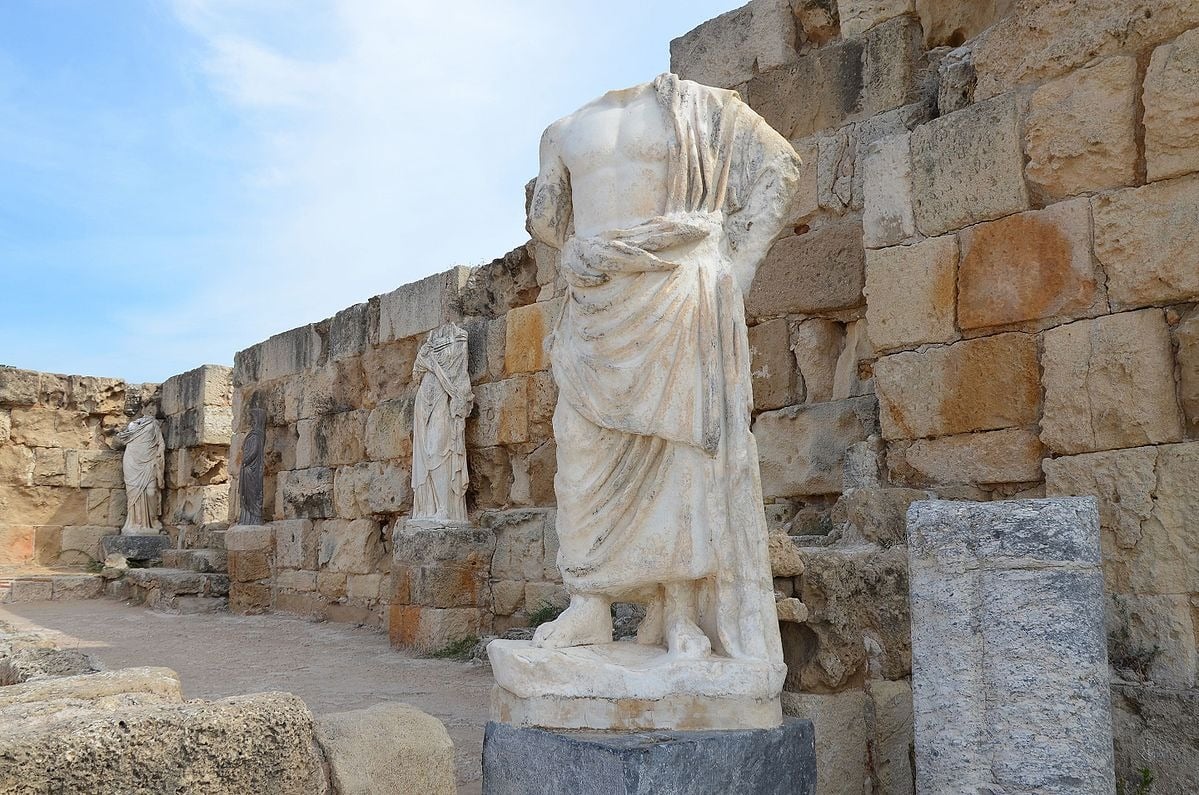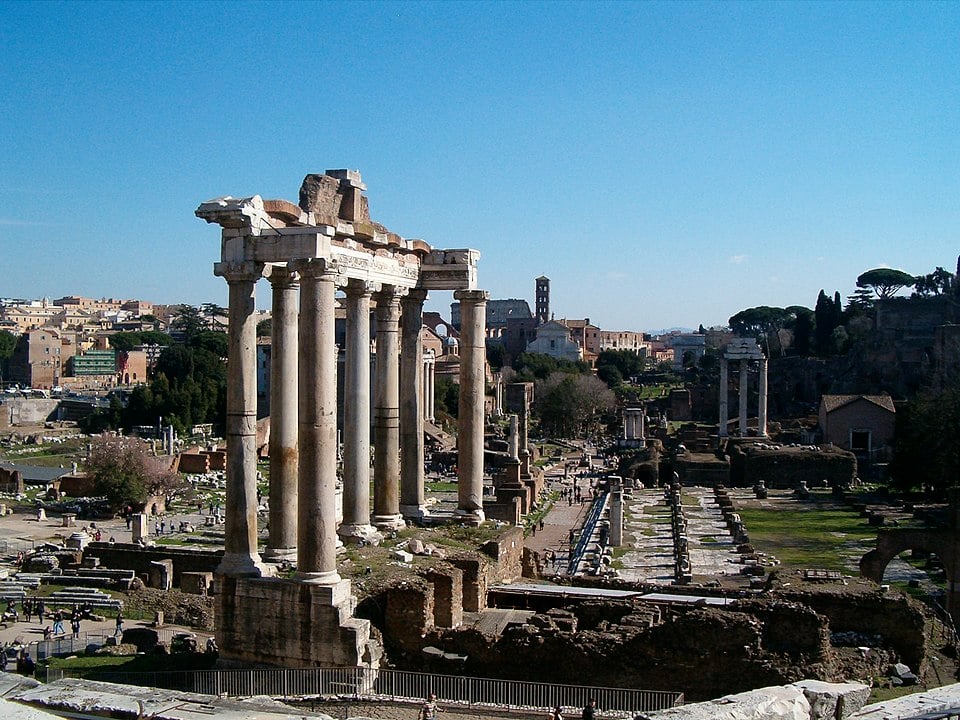
The ravages of time have not been kind to many ancient Roman statues. Indeed, many of these Classical sculptures were discovered centuries later in various states of disrepair, often without their heads!
However, there may be other explanations for the ubiquitous headless statues of antiquity beyond the more obvious damages caused by weathering, exposure, erosion, and neglect that these sculptures had to endure over the centuries.
In fact, the Romans would on occasion deliberately remove the heads from statues themselves, so at least some of these ancient statues were discovered as they were last left by the Romans themselves.
Ancient Roman statues had interchangeable heads
In certain cases, the ancient Romans sculpted statues so that the heads were interchangeable. For example, a 2nd-century marble statue of a seated woman was designed so that it could depict either the Empress Faustina the Elder or the goddess Juno, (Hera in Greek mythology).
This was especially useful when a new emperor assumed power, particularly if the previous emperor had proven unpopular or if he was a political opponent whose memory the new incumbent wanted to erase. The heads could be easily swapped and the statue would continue to be publicly displayed.
For modern Classicists, the challenge is to match the sculptural bodies with their original heads, or indeed any of the replacements that were later fitted to them, since so many of the statues were discovered entirely headless.
Although this is a challenging endeavor, historians have been able to match some sculptural bodies with their heads. One such example occurred in 2016 when the Getty Museum in Los Angeles successfully reunited the 2,000-year-old marble Statue of a Draped Woman with its previously missing head.
Artistic and symbolic value

“Headless, these statues invoke a sense of mystery and fragmentation, allowing us to glimpse into the past while reminding us of the gaps in our understanding,” says Professor Diana Kleiner in the book Roman Sculpture.
Despite efforts by historians to reassemble ancient statues to a point of completion, many of these sculptures have become iconic in their incomplete state. For instance, the Winged Victory of Samothrace, an ancient Greek sculpture dating to the 2nd century BC, has become a symbol of the island it was found on, despite missing a head and its arms.
Modern artists who produce sculptures inspired by the Classical style have reinterpreted the meaning of missing heads and limbs from statues, choosing to deliberately sculpt a work of art this way for symbolic effect.
In 1997, a monument was unveiled at the historic site of the Battle of Thermopylae in Greece to commemorate the sacrifice of the 700 Thespians who fought there in 480 BC. Unlike the Spartans whose last stand at Thermopylae has become the stuff of legend, the Thespians have largely been forgotten. The memorial is highly symbolic. Consisting of a statue of Eros, the missing head is a metaphor for the anonymous sacrifice of the Thespians and the broken wing signifies that they voluntarily laid down their lives for freedom.
See all the latest news from Greece and the world at Greekreporter.com. Contact our newsroom to report an update or send your story, photos and videos. Follow GR on Google News and subscribe here to our daily email!



